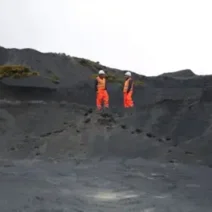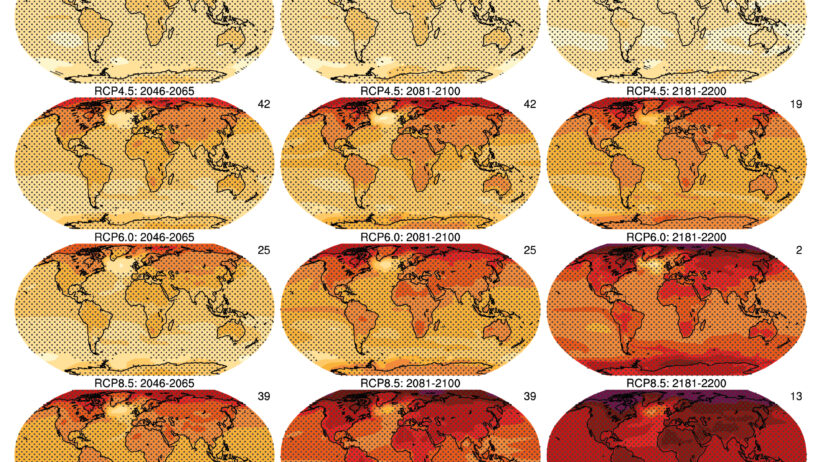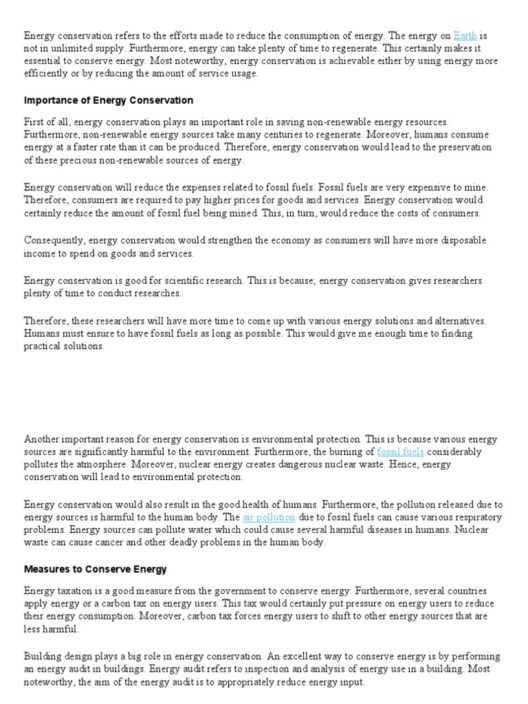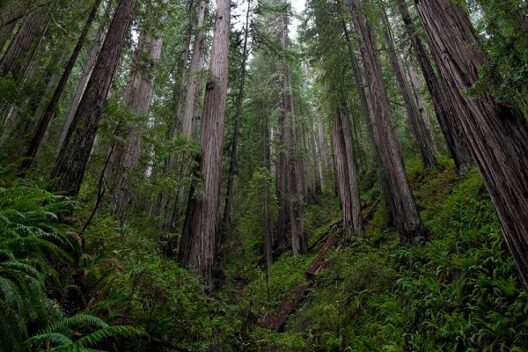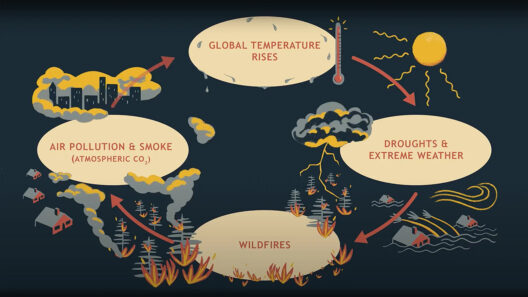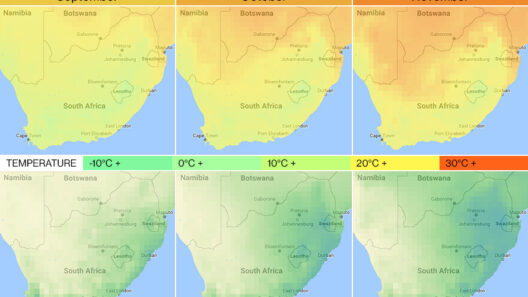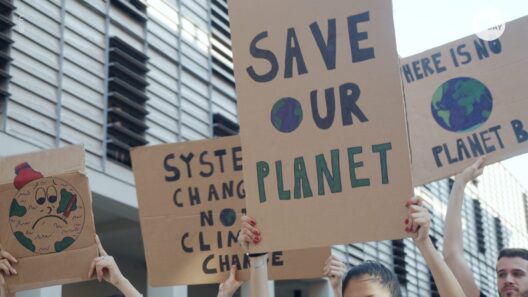Climate change is an ever-looming specter that threatens to disrupt not only our environment but also the very fabric of human civilization. As temperatures rise, ecosystems falter, and extreme weather patterns become the norm, the question arises: what actually occurs when climate change shifts from a dire prediction into an irreversible reality?
The first significant consequence of irreversibility is the exacerbation of global temperature increases. Currently, average global temperatures have risen about 1 degree Celsius since the late 19th century, which may seem benign at a glance. However, if climate change solidifies into irreversibility, projections suggest we could reach a chilling 1.5 degrees or even 2 degrees Celsius above pre-industrial levels by 2050. This temperature threshold heralds a cascade of catastrophic effects, from severe droughts to widespread flooding.
As average temperatures creep upwards, the ramifications for our planet’s polar regions become increasingly dire. The melting of ice sheets, such as those in Greenland and Antarctica, is one of the most alarming indicators of climate change’s irreversible effects. When these colossal sheets begin to fragment, they contribute to rising sea levels, which threaten coastal cities and ecosystems around the world.
Moreover, the loss of polar ice is not merely a matter of geography; it has profound implications for global weather patterns. The Arctic region acts as a global air conditioning system, regulating temperature variations throughout the planet. With significant ice loss, weather extremes like hurricanes, heatwaves, and heavy precipitation become more common and severe. The unpredictability of these events poses risks not only to infrastructure but also to public health and food security.
Once climate change reaches an irreversible state, it can also lead to a destabilization of vital ecosystems. The interdependence of species ensures that the impact on one affects many others. Coral reefs, celebrated for their biodiversity, are particularly vulnerable. With ocean temperatures rising and acidification from increased CO2 levels, coral bleaching becomes a foregone conclusion, leading to the demise of habitats that support an abundance of marine life. As reefs deteriorate, fish populations dwindle, threatening the livelihoods of millions who depend on them.
Moreover, terrestrial ecosystems, such as forests and grasslands, face their own set of challenges. These biomes serve as crucial carbon sinks; when they succumb to wildfires, pest infestations, or shifts in rainfall patterns, they transition from being part of the solution to being significant contributors to greenhouse gas emissions. This self-perpetuating cycle underscores the dire implications of irreversible climate change, where nature’s buffers against global warming begin to collapse.
Human life as we know it will also metamorphose under the weight of irreversible climate change. Resource scarcity will become a pressing issue. Water shortages due to prolonged droughts and increased evaporation will lead to conflicts and mass migrations. The United Nations already predicts that by 2050, up to 1.3 billion people could be living in areas with severe water scarcity. Imagine entire populations being displaced, seeking refuge in more temperate regions. This migration could result in geopolitical tensions as nations struggle to accommodate growing numbers of climate refugees.
Food security will similarly be compromised. Changing climate conditions foster a ripple effect of agricultural disruption. Crop yields diminish as extreme weather events wreak havoc on farming cycles. Traditional agricultural practices may no longer suffice as pests and diseases evolve in tandem with a warming climate. The specter of famine becomes a palpable fear, especially in regions already fraught with poverty.
Addressing climate change’s irreversible nature also raises questions about our moral and ethical obligations. As the reality of displacement and resource scarcity unfolds, questions of equity come to the forefront. Who will bear the brunt of climate change? Vulnerable populations—those least responsible for emissions—face the most significant threats. Climate justice becomes a rallying cry, urging both developed and developing nations to confront the moral implications of their actions.
However, the narrative does not have to be entirely bleak. Recognizing the potential for irreversibility serves as a clarion call for action. It is within our capacity to thwart some consequences of climate change through adaptive strategies and mitigation efforts. The shift in perspective from passive acceptance to active engagement can catalyze innovative solutions—renewable energy, sustainable agriculture, and conservation initiatives. Fostering resilience in communities and ecosystems can serve as a bulwark against the impending storm.
Additionally, the irreversible nature of climate change can act as a catalyst for global collaboration. The urgency to combat these effects prompts countries, organizations, and individuals to adopt more ambitious climate policies. A collective endeavor toward a sustainable future can lay the groundwork for a new way of life rooted in environmental stewardship and resource conservation.
In conclusion, the irreversible consequences of climate change prompt us to reevaluate our relationship with the planet. It urges us to transcend the boundaries of national interests and embrace a broader human perspective. The stakes are high, and the time for decisive action is now. By genuinely embracing sustainable practices, investing in research and technology, and fostering a culture of climate awareness, humanity can forge a path toward resilience that future generations can inherit. In the face of climate change, we must summon the resolve to reshape our destiny and safeguard our planet for all living beings.

